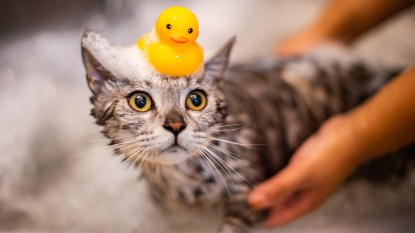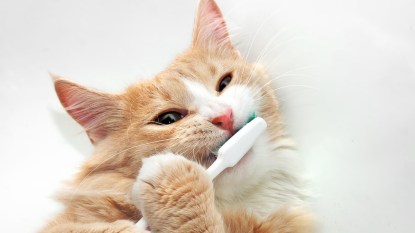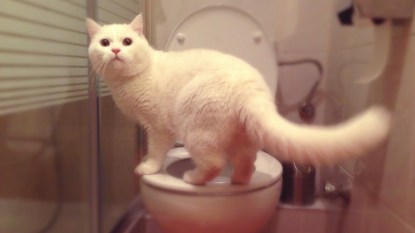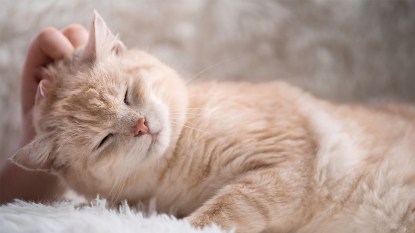How Old Is My Cat in Human Years?
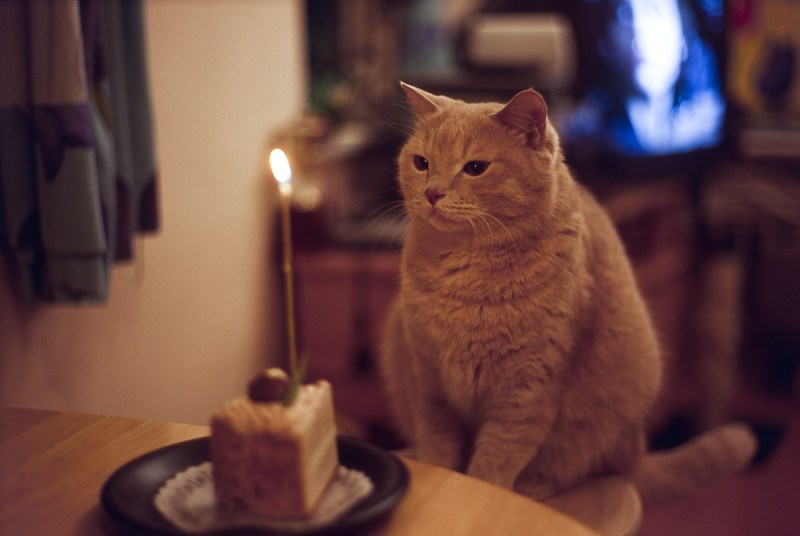
How old is my cat in human years? This is a common question among cat owners, and we can’t help wondering if the “one human year equals seven cat years” rule is really true. While it’s tempting to think about cats’ ages in terms of years, it’s more useful to consider life stages. This way, you can ensure your cat gets the love and care it deserves.
A cat matures much more quickly than a human because its life is far shorter. As a result, the first two years of a cat’s life are equivalent to roughly 25 human years, according to Purina. After the two-year-old mark, one cat birthday is equal to four human years. Sounds like we can finally put that “seven cat years” rule of thumb to rest!
It’s fun figuring out how old your cat is in human years, but ultimately you want to focus on the six stages of a cat’s life. We’ve broken them all down below by what you can expect from a cat in each stage.
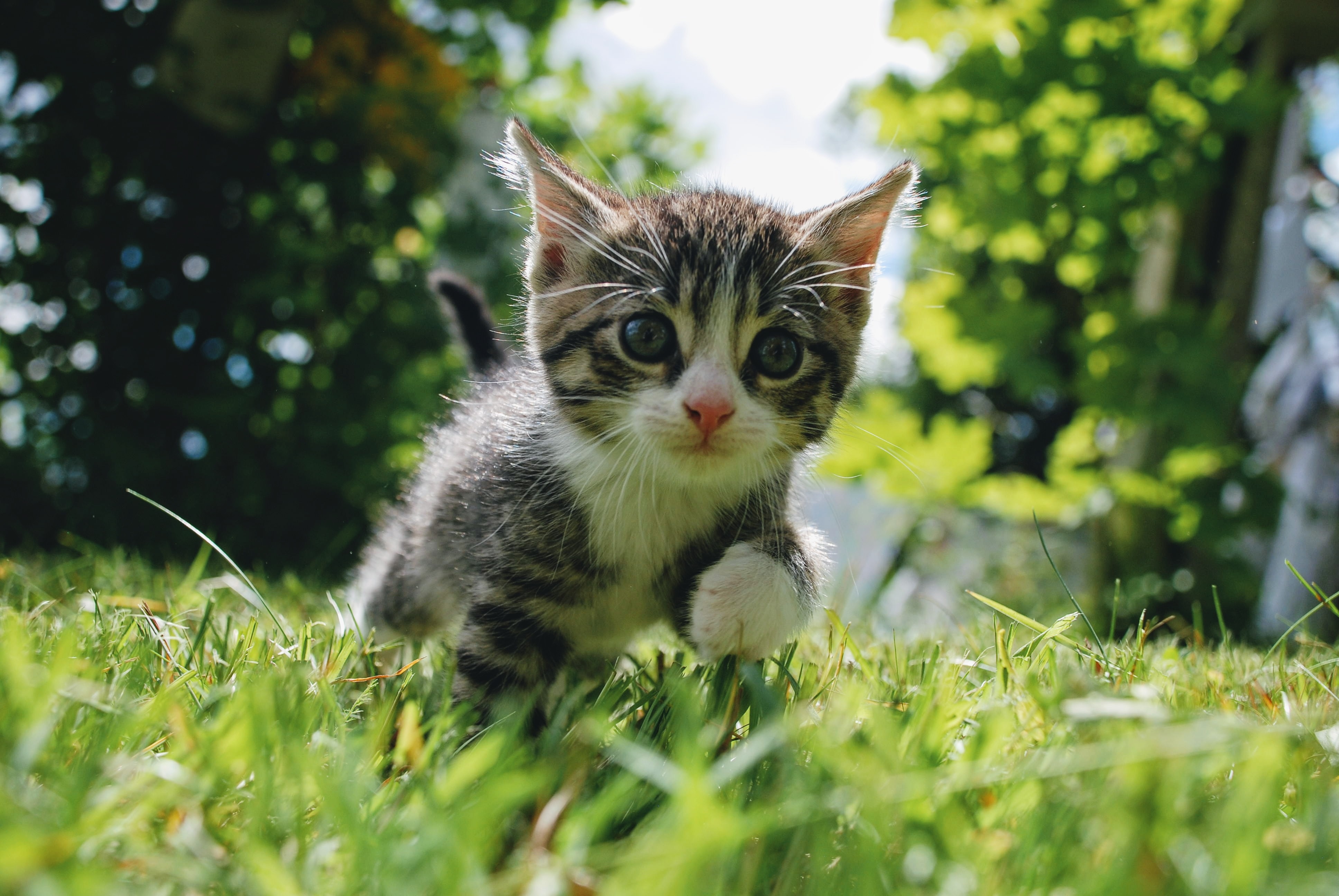
(Photo Credit: Getty Images)
Kittens (Birth to 6 Months)
So much happens in the first six months of a cat’s life. From the moment they open their eyes at two or three weeks old, every sight, sound, touch, and smell is a new experience that affects their budding personality. Socializing is very important at this stage, as it teaches your cat proper social behavior and gets him or her used to being around people.
Kittens will start to venture out on their own once they reach the two- or three-month mark and wreak havoc as they get their little noses into new places. This is when kittens see their adult teeth come in, so guard your fingers against love bites. You may also see personalities start to shine through among the litter.
That’s a lot of growing that has to happen in half a year. In fact, six months in cat years is equal to roughly 10 human years!
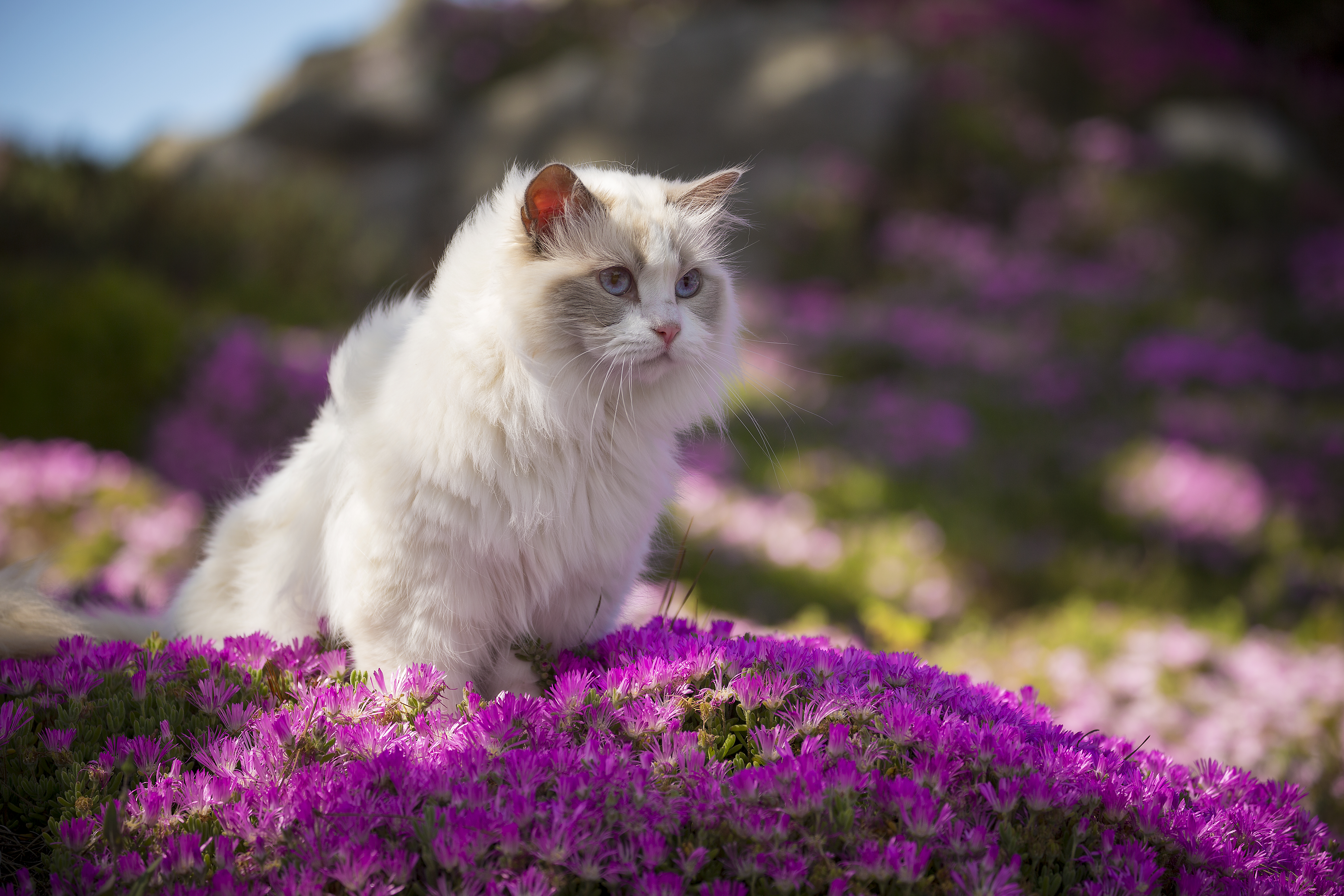
(Photo Credit: Getty Images)
Kitten to Adult (6 Months to 3 Years)
Once cats hit the one-year-old mark, you’ll notice them start to slow down in terms of development. They’ve usually reached their full size by this point, and their personalities are basically set. At this point you can pat yourself on the back for raising your cat to adulthood. As long as you take them to routine vet visits, your cats should live long healthy lives.
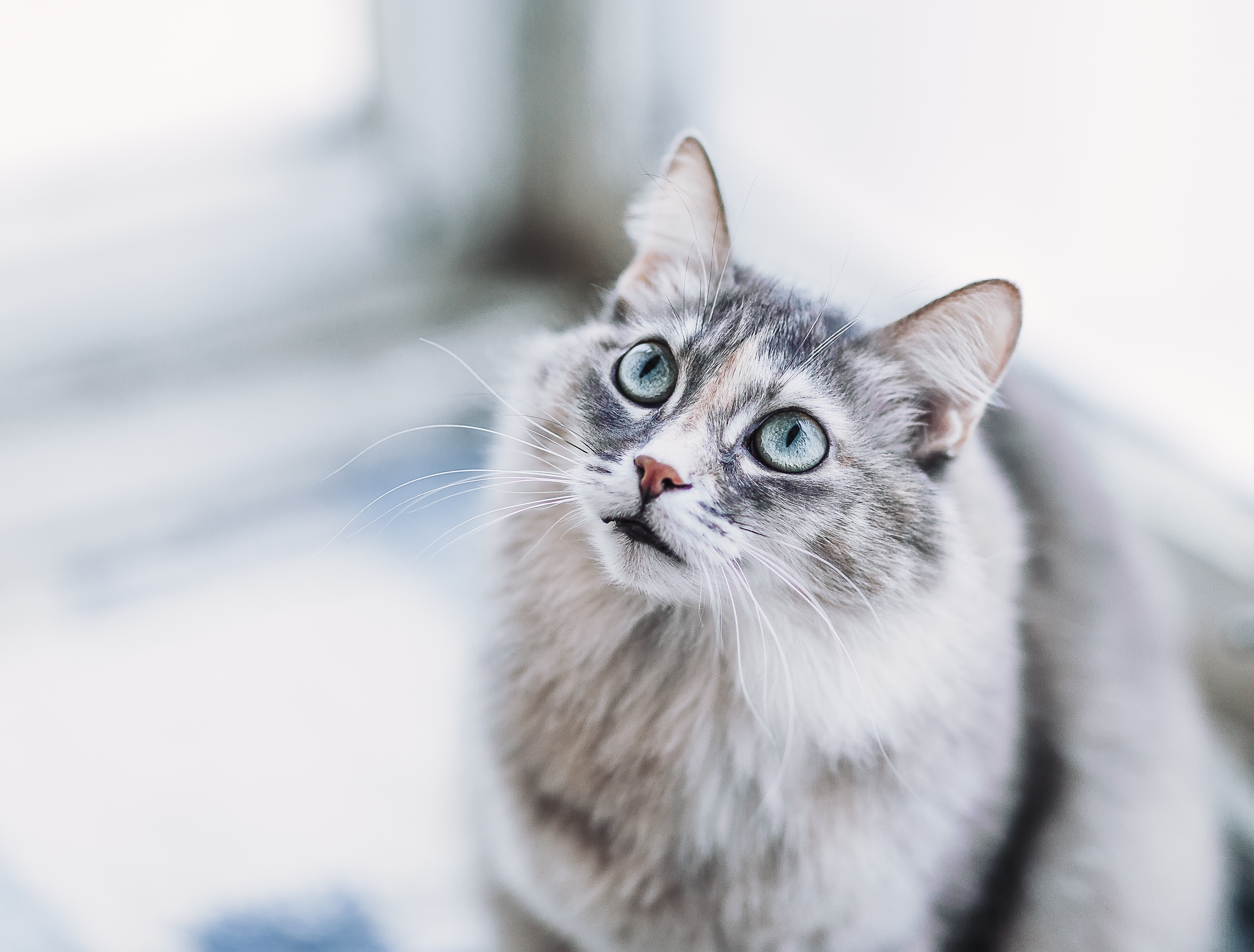
(Photo Credit: Getty Images)
Prime Cat Years (3 to 6 Years Old)
Think of a five-year-old cat as a human in its mid-30s — the prime years. A cat in this stage should be relatively healthy, barring any chronic health issues or congenital birth defects. That said, it may be a good time to start giving your cats joint support supplements to ensure their hips and knees are in tip-top shape. Maintain routine vet appointments and vaccinations to keep your fur baby healthy.
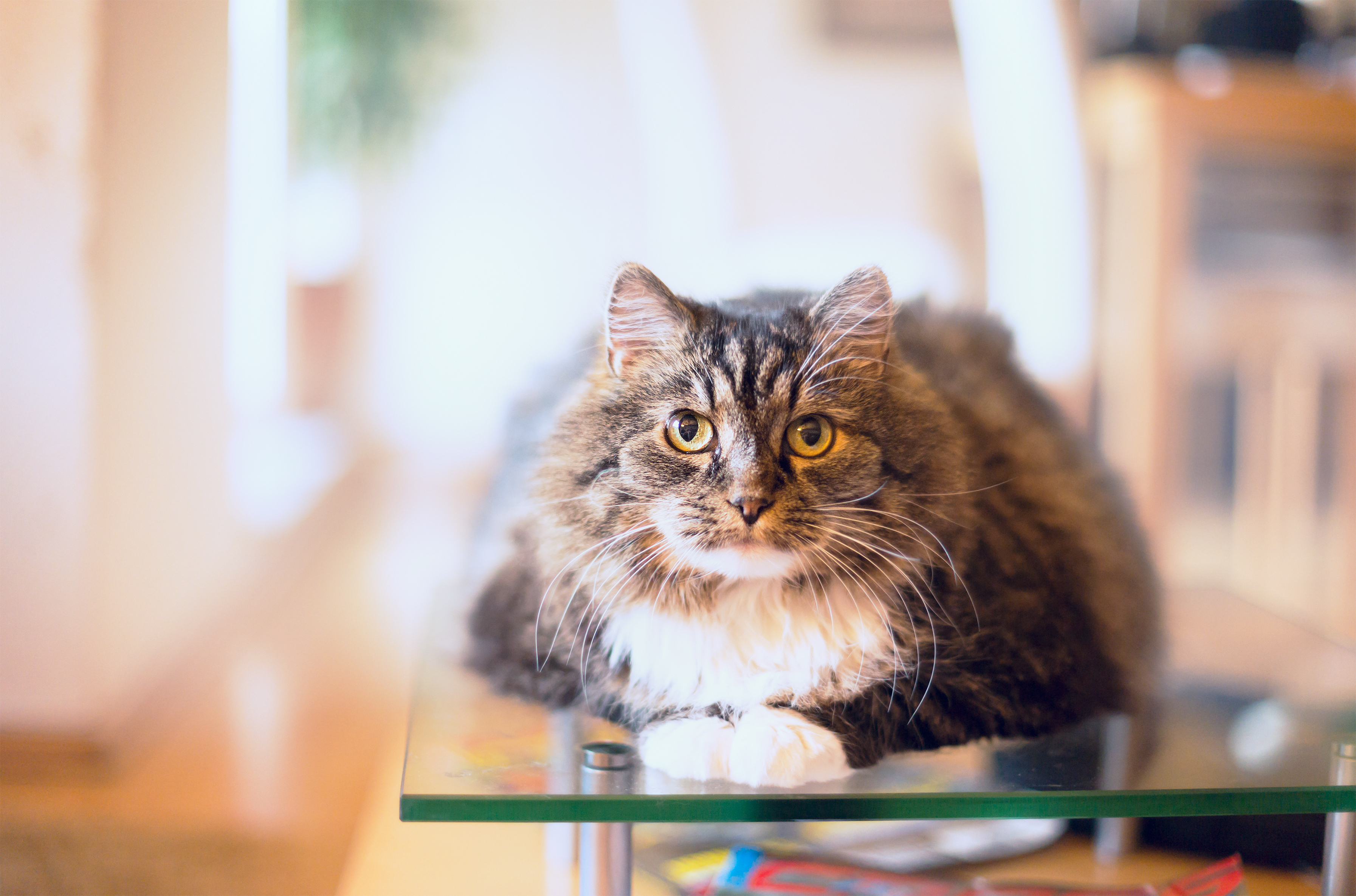
(Photo Credit: Getty Images)
Mature Cat (7 to 10 Years Old)
Cats in this stage would qualify for their AARP cards — although they’re not technically seniors yet. Some felines can live well into their teens, so think of this as middle age, even though some vets would call these cats “seniors.”
It’s also recommended that you schedule check-ups at the vet more frequently in order to make sure you spot any health concerns early. Proper nutrition is key to warding off dental disease, heart issues, and kidney problems, and it will ensure your cat can jump on and off things with ease.
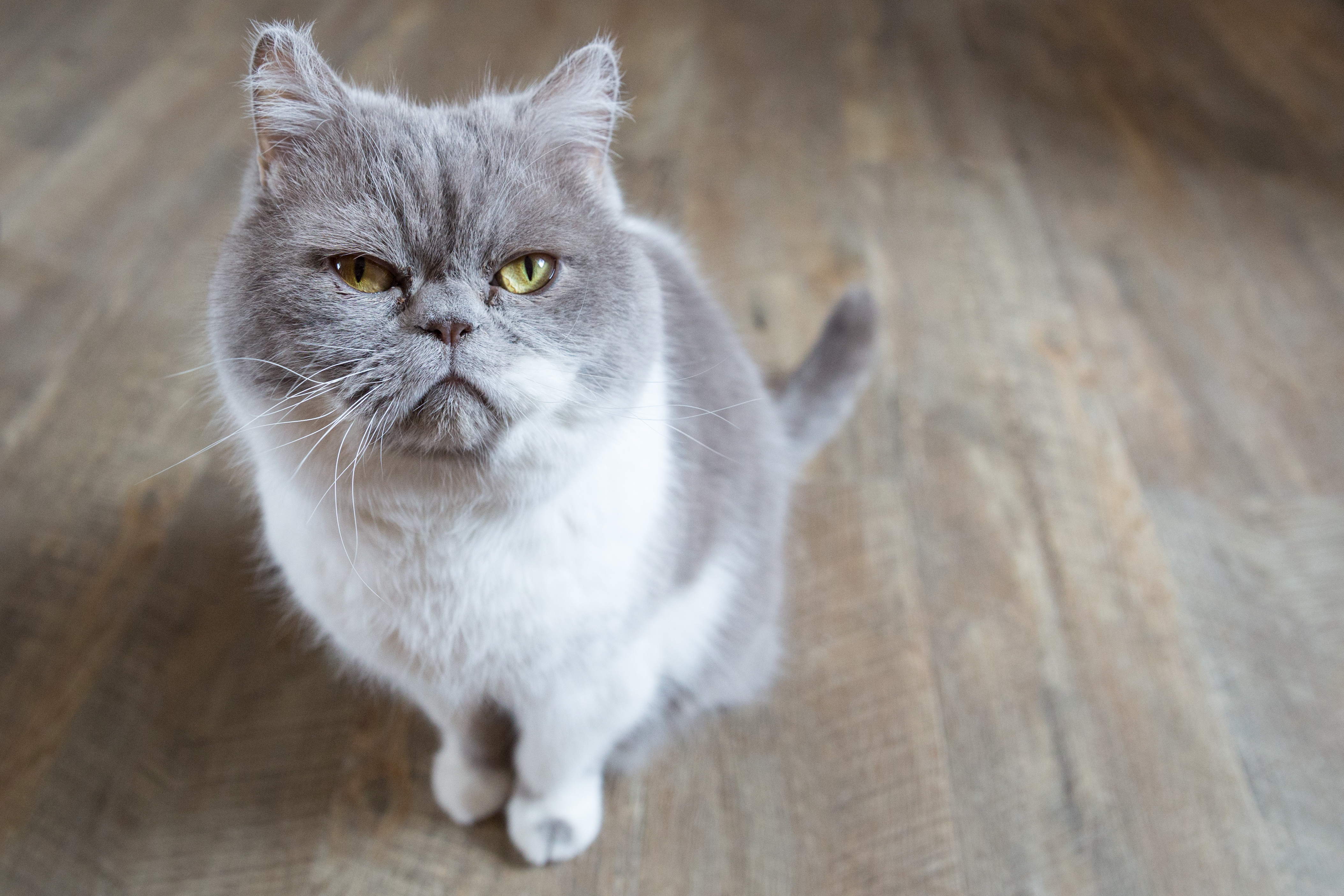
(Photo Credit: Getty Images)
Senior Cat (11 to 14 Years Old)
Eleven is when cats officially hit senior status. Sadly, this is when owners may notice their pet’s health start to decline. Organs stop working as well as they used to, and joint pain starts to become an issue for many felines. Your veterinarian may have to draw blood more frequently in hopes of catching problems early, and they may recommend a different diet to address your cat’s changing nutrition needs.
Senior cats may become crabby as a result of joint pain or health issues, so keep an eye out for changing behavior. If you’re normally affectionate princess morphs into a hissing ball of fur anytime you try to pick her up, it may be time to talk to the vet.
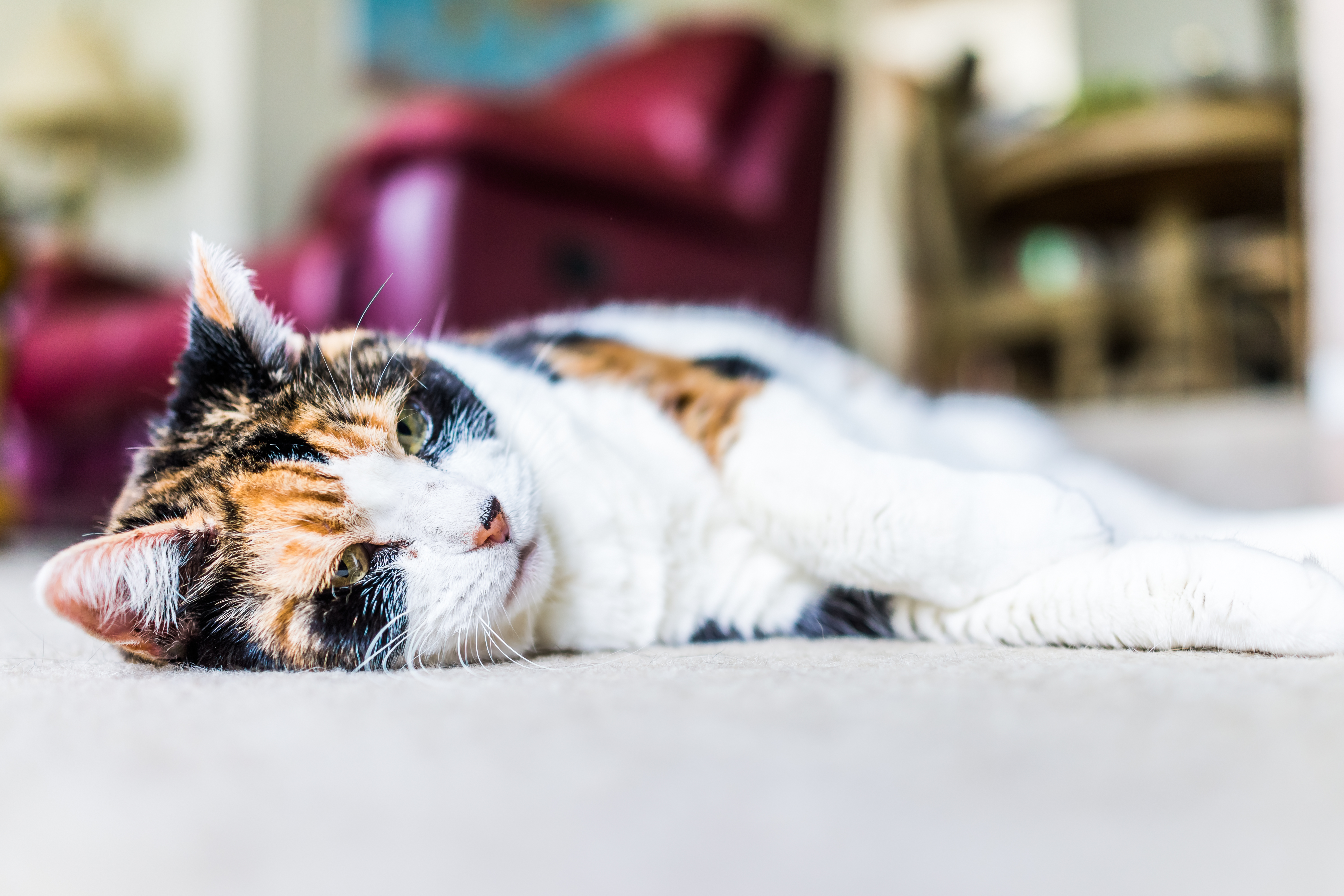
(Photo Credit: Getty Images)
Geriatric Cat (15 to 20 Years Old and Beyond)
A cat who makes it to 15 years old is basically a 70-year-old adult. Geriatric cats need to visit the vet more frequently — every six months or so — to stay ahead of any concerning health developments. These older cats may need special diets and medications to keep their bodies functioning properly.
Unfortunately, geriatric cats often show signs of cognitive decline, like meowing at night and defecating or urinating outside of the litter box. You may also notice your once energetic cat sleeping longer and more frequently, as well experiencing trouble seeing and hearing.
These sad symptoms of aging can be heartbreaking to watch, but just know that your cat has lived a long and happy life by this point. Losing a pet is a devastating experience, but we wouldn’t trade the years we had together for anything in the whole world.
More From Woman’s World
9 Festive Cats in Wrapping Paper Who Prove They’re Truly the Best Present You Could Receive
17 Photos of Kitty-Cat Eyes That Are Nearly Impossible to Say ‘No’ To





